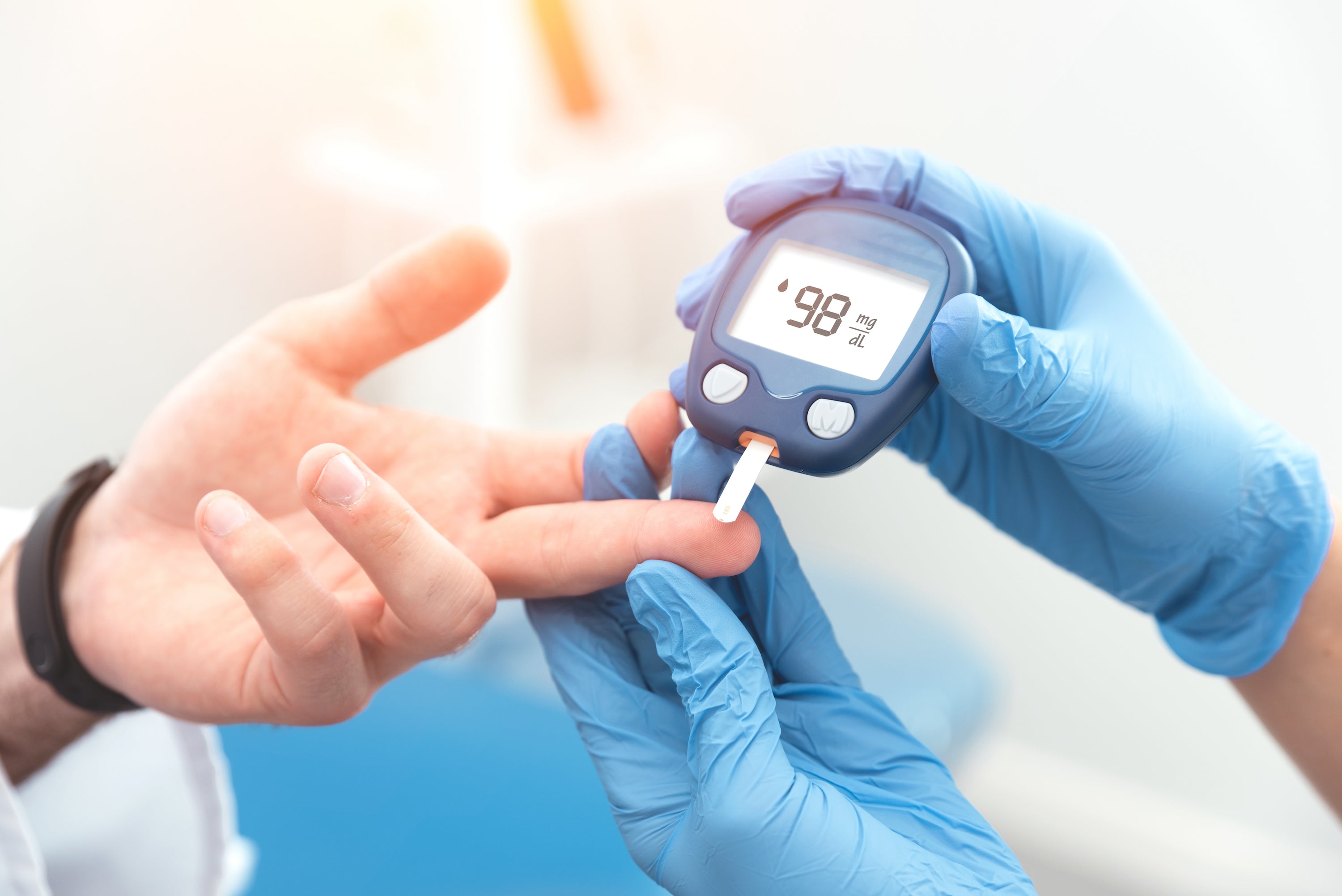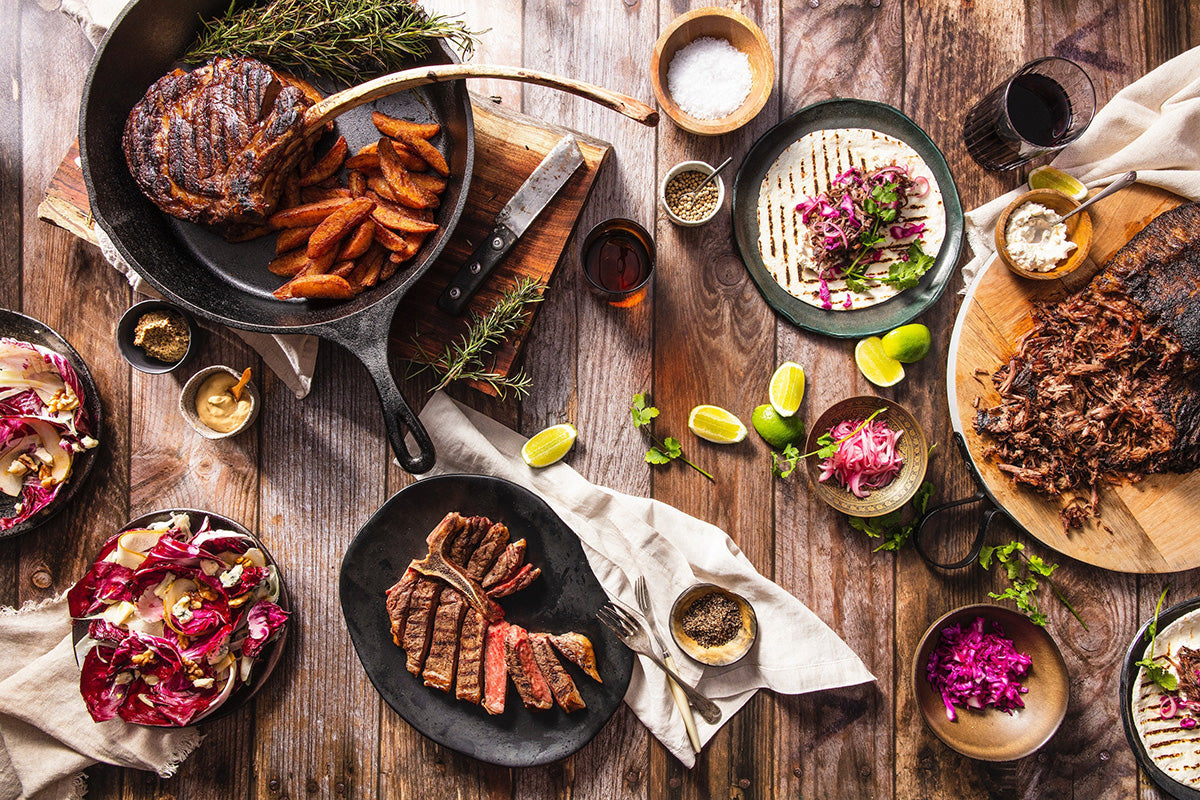Traditional electrolyte drinks tend to have a couple of things in common: they’re usually neon in color and incredibly sweet.
That’s because these old-school electrolyte beverages are often packed with artificial colors and an absurd amount of added sugar.
Electrolyte drinks can be a valuable hydration tool, especially during longer exercise sessions. The key is finding ones that provide a healthy dose of electrolytes without the sugar punch.
Why should you avoid sugar-sweetened electrolyte drinks, what exactly are electrolytes, and what are the best sugar-free options? We’ll be answering those questions today.
Here’s what you need to know!
Why Electrolytes Are Essential for Hydration
When most people think of hydration, they think of water, and while water is certainly part of the hydration puzzle, it’s only half of it. The other half is electrolytes—essential minerals that carry an electrical charge.
Electrolytes include sodium, potassium, magnesium, calcium, phosphate, and bicarbonates—with the first three being the most important.
In the body, electrolytes help regulate a variety of your body’s most essential functions, including nerve signaling, pH balance, muscle contraction, and fluid balance (aka, hydration).[*]
Like water, electrolytes are lost through sweat, urine, and feces and must be replaced through food, beverages, or supplementation. If you’re not adequately replacing lost electrolytes, your body will have difficulty staying hydrated, even if you’re drinking enough water.
It’s also important to note that drinking too much plain water can throw off your electrolyte balance. Overwatering can dilute blood sodium levels, causing a dangerous condition called hyponatremia. This condition is estimated to affect 13-15% of endurance athletes, as well as non-athletes.[*]
To avoid dehydration (and overwatering), drink water to thirst and ensure you’re getting adequate electrolytes. Ideally:
- Between 3,500 and 4,700 mg of potassium per day.[*]
- Between 3,000 and 5,000 mg of sodium per day.[*]
- Between 500 and 600 mg of magnesium per day.[*]
Do You Need Sugar for Hydration?
There’s a common misconception that glucose (sugar) is needed for hydration. While it’s true that glucose can accelerate electrolyte and fluid absorption, you don’t need sugar to hydrate.[*] Electrolytes can be transported throughout the body and absorbed perfectly fine without sugar.[*][*]
Another common belief is that electrolyte beverages should contain sugar for optimal energy and exercise performance, however, this is unnecessary.
Plenty of people thrive on low-carb/sugar, high-fat diets, such as keto and paleo. When you drastically reduce your carb and sugar intake, your body enters a state called ketosis. In this state, your body switches from burning glucose for fuel to burning fat. Minimal glucose needed!
Bottom line? Sugar isn’t required for adequate hydration. This is great news for those who want to enhance their hydration without the adverse effects of sugar.
The Dangers of Processed Sugar
While a little sugar here and there won’t hurt you, a high intake of processed sugar has been linked to many chronic diseases, including heart disease, type 2 diabetes, non-alcoholic fatty liver disease, cancer, and kidney disease.[*][*][*][*]
It also plays a significant role in the obesity epidemic, has been linked to cognitive decline, and contributes to tooth decay.[*][*] Yikes.
This is especially concerning considering the average American adult consumes roughly 17 percent of their daily calories from added sugar.[*] That’s a whopping 20 teaspoons of sugar based on a 2,000-calorie diet.
And the main source of that added sugar? Sugar-sweetened beverages, such as soda, traditional electrolyte drinks, energy drinks, and juice.
The Best DIY Electrolyte Drink Without Sugar
Fortunately, you don’t have to resort to old-school, high-sugar electrolyte drinks to increase your electrolyte intake. Below is the best DIY electrolyte drink recipe. It’s free of added sugar and contains a negligible amount of natural sugar from lemon, making it suitable for those on low-carb diets.
To create a DIY electrolyte drink, follow this simple recipe:
- 12 oz water
- 2 tbsp lemon juice
- 1/4 teaspoon sea salt or pink Himalayan salt
- 1/8 teaspoon powdered potassium chloride
- 1 teaspoon powdered magnesium
- Sugar-free sweetener, such as stevia, monk fruit, or erythritol, to taste
Just combine the ingredients in a bottle with a lid, shake well, and enjoy.
Pro tip: To make it cold and a bit frothy, add ice to the bottle before shaking.
An Even Easier Way to Hydrate
If making your own electrolyte drink doesn’t fit into your busy schedule or just seems like too much of a hassle, fear not—there’s an even simpler solution: electrolyte hydration mixes, such as IQMIX.
IQMIX hydration mixes are formulated with four nutrients shown to improve hydration, cognitive performance, and mood. Each packet contains:
- 500 mg sodium
- 450 mg potassium
- 750 mg Magtein®, a clinically studied form of magnesium (Mg L-Threonate) that crosses the blood-brain barrier[*]
- 250 mg of super-concentrated lion’s mane mushroom, which supports brain health and function[*]
IQMIX is keto, vegan, non-GMO, gluten-free, dairy-free, and soy-free, and contains zero sugar and only 3 grams of carbs per packet. These convenient packets are ideal for those following a low-carb eating plan, or anyone who wants to increase their electrolyte intake without a big hit of sugar.
Simply pour a packet of IQMIX into a glass or bottle, stir or shake, and enjoy!
Try our 8-Stick Sampler to find your favorite IQMIX flavors, or jump in feet first with the 20-Stick Variety Pack.
Electrolyte Drinks Without Sugar: The Bottom Line
If you’re looking for a healthy way to stay hydrated, sugar-free electrolyte drinks are best. They provide the life-sustaining benefits of electrolytes without the perils of consuming too much sugar.
Whipping up a DIY electrolyte beverage or pouring a packet of IQMIX into water is a quick and easy way to get a substantial dose of electrolytes, keeping you hydrated pre- and post-exercise, while having fun in the sun, during travel, or anytime you need a hydrating boost.



